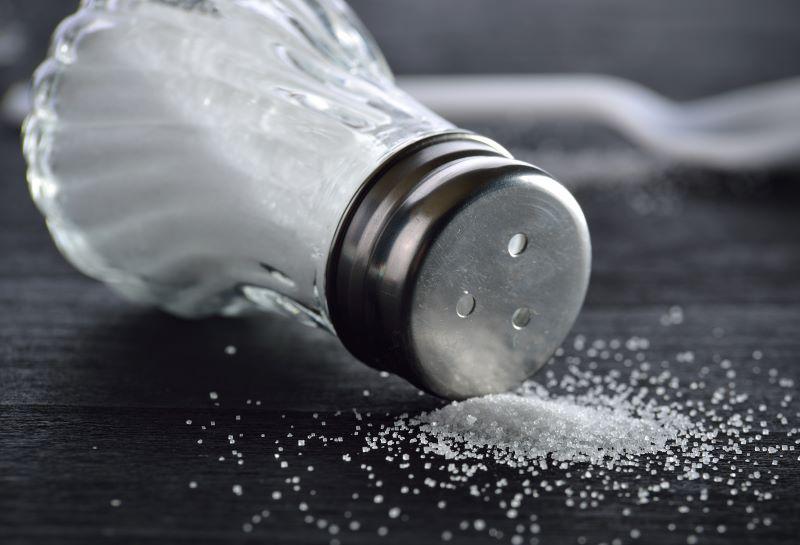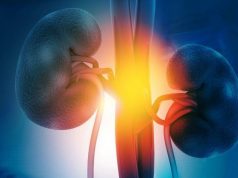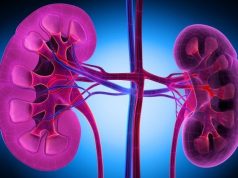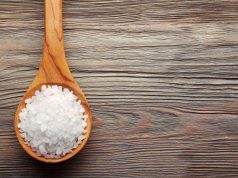Associations significantly modified by eGFR, body mass index, and physical activity
By Elana Gotkine HealthDay Reporter
THURSDAY, Dec. 28, 2023 (HealthDay News) — A higher self-reported frequency of adding salt to foods is associated with a higher risk for chronic kidney disease (CKD) in the general population, according to a study published online Dec. 28 in JAMA Network Open.
Rui Tang, M.P.H., from Tulane University in New Orleans, and colleagues examined the association of self-reported frequency of adding salt to food with incident CKD risk in a general population of adults aged 37 to 73 years from the U.K. Biobank who were free of CKD at baseline.
The researchers found that 22,031 incident events of CKD were documented during a median follow-up of 11.8 years within a cohort of 465,288 individuals. After adjustment for covariates, higher self-reported frequency of adding salt to foods was significantly associated with a higher CKD risk. Those who reported sometimes, usually, and always adding salt to food had an increased risk for CKD compared with those who reported never or rarely adding salt to foods (adjusted hazard ratios [95 percent confidence intervals], 1.04 [1.00 to 1.07], 1.07 [1.02 to 1.11], and 1.11 [1.05 to 1.18], respectively). The associations were significantly modified by estimated glomerular filtration rate (eGFR), body mass index (BMI), and physical activity, with more pronounced associations seen for those with a higher eGFR, lower BMI, and lower level of physical activity.
“These findings support the reduction of adding salt to foods as a potential intervention strategy for CKD prevention,” the authors write.
Copyright © 2023 HealthDay. All rights reserved.








